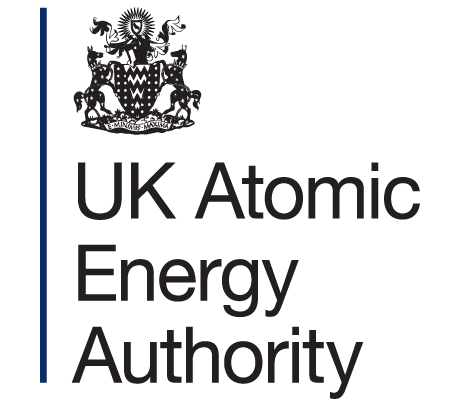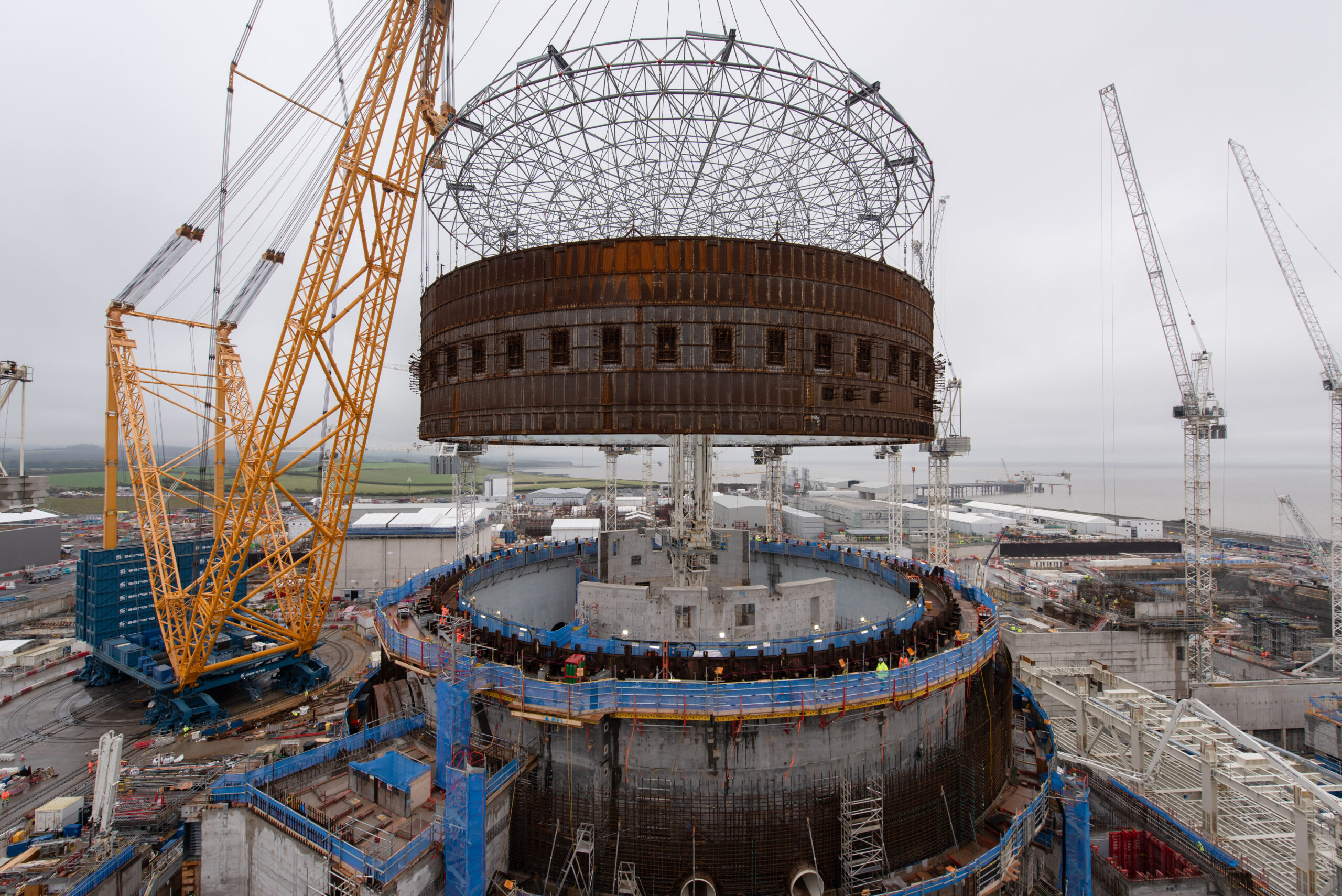- Nuclear jobs in Wales down 40% since 2014 despite having best nuclear site in Europe
- Fall in nuclear jobs on Ynys Môn – home to Wylfa – is worst of any UK constituency
- New nuclear projects in England sees 65% growth in workforce since 2014
- New project at Wylfa would reverse decline, generating jobs and clean power across Wales
The number of people working in the civil nuclear industry in Wales has fallen 40% in the last decade, while England is up 65%, despite Wales having the best site for new nuclear anywhere in Europe, according to the Nuclear Industry Association (NIA).
The NIA’s 2024 Jobs Map – the sector’s major jobs report – shows there are currently 827 people working in the industry in Wales, down from 1,346 in 2014. Ynys Môn, home to the Wylfa nuclear site has seen the biggest fall, with only 321 jobs now compared to 750 in 2010, down 57%.
The fall in nuclear jobs on the island is the worst of any constituency in the UK and is the result of several failed attempts to deliver a new project there ever since the former Magnox nuclear power station moved into decommissioning in 2015. At its peak there were around 1,000 jobs at the site, with the island’s population, particularly in the north, highly dependent on the station.
In England, by contrast, major new projects at Hinkley Point C in Somerset and Sizewell C in Suffolk have driven a 65% increase in the nuclear workforce in the last decade. Over 27,000 nuclear jobs are supported in the South West of England, largely driven by the construction of Hinkley Point C, which has also brought £5.3 billion of investment into the region.
The Hinkley project has also provided jobs for workers in Wales and orders for Welsh supply chain companies that they have not been able to get from projects in Wales. The majority of Hinkley Point C’s structural steel is sourced from South Wales, around 200,000 tonnes.
Elsewhere in Wales, there are 316 nuclear jobs in Dwyfor Meirionnydd, home to the former Trawsfynydd power station, which is being decommissioned, with the site suitable for Small Modular Reactors. Decommissioning sustains most nuclear jobs in Wales and continues to deliver value to local communities around Wylfa and Trawsfynydd.
Across the UK, 86,900 people work in the civil nuclear sector, an increase of 60% since 2014. 80,900 of those jobs are in England, with 5,145 in Scotland.
Tom Greatrex, Chief Executive of the Nuclear Industry Association said:
“A new nuclear project at Wylfa is absolutely vital to reverse the stalling of the nuclear industry in Wales and would deliver huge value, representing the single greatest inward investment in Welsh history.
“A large gigawatt plant or an SMR project would create thousands of good, skilled and long-term jobs, bringing billions in investment to local communities and clean, reliable power to the whole of Wales.
“We need the UK Government, supported by the Welsh Government, to commit to championing Welsh jobs and industry by delivering a new nuclear project at Wylfa and help make Wales a clean energy superpower.”
Tom Hoyles, GMB Wales Senior Organiser said:
“These figures really highlight just how important it is that we get the ball rolling on the new Wylfa site.
“The Wylfa project has the potential to revolutionise the North Wales economy, creating thousands of well paid, good union jobs and making a major dent in Wales’s ambition of being a 100% clean power nation. It’s win-win.”
Councillor Gary Pritchard, the Isle of Anglesey County Council’s deputy Leader said:
“The 2024 Jobs Map reaffirms the Council’s position that a new nuclear development at Wylfa, either at GW or SMR scale, is vital to ensure the long-term wellbeing and prosperity of our Islands communities, particularly those in North Anglesey.
“A firm commitment and timescales for a development happening at Wylfa from UK Government is crucial to secure local job opportunities.”
ENDS
Notes to Editors
- The 2024 Jobs Map is made up of participating NIA members and can be accessed here.
- The UK has five generating nuclear power stations, providing around 15% of the country’s electricity from 5.9 GW of capacity. All but one are scheduled to retire by 2028.
- Hartlepool and Heysham 1 are scheduled to retire by March 2026, and Heysham 2 and Torness are scheduled to retire by March 2028.
- Hinkley Point C, the only new nuclear power station under construction in the UK, is due to begin generating in 2031.
- Nuclear has saved the UK 2.3 billion tonnes of carbon emissions, far more than any other source. The saving is equivalent to all UK emissions from 2015 through 2020.
About the Nuclear Industry Association
As the trade association for the civil nuclear industry in the UK, the Nuclear Industry Association represents more than 250 companies across the UK’s nuclear supply chain.
Links
Visit our website: www.niauk.org
Follow the NIA on Twitter @NIAUK and LinkedIn
For further information, please contact:
Iolo James, Head of Communications
[email protected]
+44 7517 108023









